Unlocking Peak Performance: Mastering Tennis Mechanics
Biomechanics in Tennis: How Proper Technique Prevents Injuries and Enhances Performance
Tennis requires agility, strength, and precision. Improper technique often leads to injuries. Understanding biomechanics allows players to refine skills and minimize risks. This blog explores how proper technique enhances performance and prevents injuries in tennis.
Understanding Biomechanics in Tennis
Biomechanics studies the mechanical aspects of human movement. In tennis, it examines how players move, hit the ball, and respond to opponents. Analyzing these movements helps players identify areas for improvement.
When players understand biomechanics, they optimize performance. A well-executed serve increases power and reduces strain on the body. This knowledge benefits both amateur and professional players.
Tips for Proper Technique
Focus on Footwork
Good footwork forms the foundation of tennis. Quick, precise movements position players effectively. Well-positioned players hit the ball with greater accuracy and power.
To improve footwork, practice lateral movements and quick sprints. Agility drills enhance responsiveness on the court. Stay light on your feet to maintain balance during shots.
Master the Grip
The grip influences racket control. A proper grip improves spin and ball placement. For instance, a semi-western grip facilitates topspin, making the ball bounce higher.
Experiment with different grips to find comfort. Ensure your grip isn’t too tight, as this causes tension and fatigue.
Use Core Muscles
The core plays a vital role in every tennis stroke. Engaging core muscles maintains stability and power during shots. A strong core generates force without straining arms or legs.
Incorporate core-strengthening exercises into training. Planks, Russian twists, and medicine ball workouts enhance core stability. Players will notice improved shot consistency and reduced injury risk.
Advice for Injury Prevention
Warm-Up Properly
Warming up remains essential before any tennis session. A proper warm-up increases blood flow to muscles and prepares the body for activity. Dynamic stretches, like arm circles and lunges, enhance flexibility.
Include sport-specific movements in your warm-up. Practice short sprints and lateral movements to mimic on-court actions. This approach reduces injury risk and primes the body for optimal performance.
Listen to Your Body
Pay attention to your body. Ignoring fatigue or discomfort often leads to injuries. If something feels off, take a break and assess the situation.
Avoid overtraining. Schedule rest days and cross-train to maintain physical condition while reducing injury risk. Remember, injuries can sideline players for weeks or months.
Get Professional Guidance
Work with a coach or trainer who understands biomechanics. They provide tailored feedback on your technique and movements. A professional identifies weaknesses and suggests exercises to improve performance.
Investing in lessons or biomechanics assessments pays off. A coach helps maintain motivation and accountability, making training sessions more effective.
Benefits of Proper Technique
Improved biomechanics leads to various benefits. First, players experience enhanced performance. Better technique makes shots more powerful and accurate, improving match results.
Second, players reduce their injury risk. Proper technique distributes forces evenly throughout the body. This allows players to enjoy the game longer with fewer interruptions.
Finally, understanding biomechanics fosters deeper appreciation for the sport. Players become more aware of their movements, increasing confidence and enjoyment. When players feel good physically, they perform better mentally.
Conclusion
In tennis, proper biomechanics prevents injuries and enhances performance. Focus on footwork, grip, and core engagement to develop effective techniques. Additionally, warm up, listen to your body, and seek professional guidance for injury prevention.
Mastering biomechanics improves your game and deepens your love for tennis. Embrace these principles and enjoy the journey toward better performance and injury-free play.
Below are related products based on this post:
FAQ
What is the role of biomechanics in tennis?
Biomechanics studies the mechanical aspects of human movement, specifically how tennis players move, hit the ball, and respond to opponents. By understanding biomechanics, players can refine their skills, optimize performance, and minimize injury risks.
How can I improve my footwork in tennis?
Improving footwork involves practicing lateral movements and quick sprints. Engaging in agility drills enhances your responsiveness on the court, allowing you to position yourself effectively for shots. Staying light on your feet is crucial for maintaining balance during play.
Why is it important to listen to my body while playing tennis?
Listening to your body is essential for injury prevention. Ignoring fatigue or discomfort can lead to injuries that may sideline you for weeks or months. It’s important to take breaks when needed, schedule rest days, and avoid overtraining to maintain your physical condition and reduce injury risks.
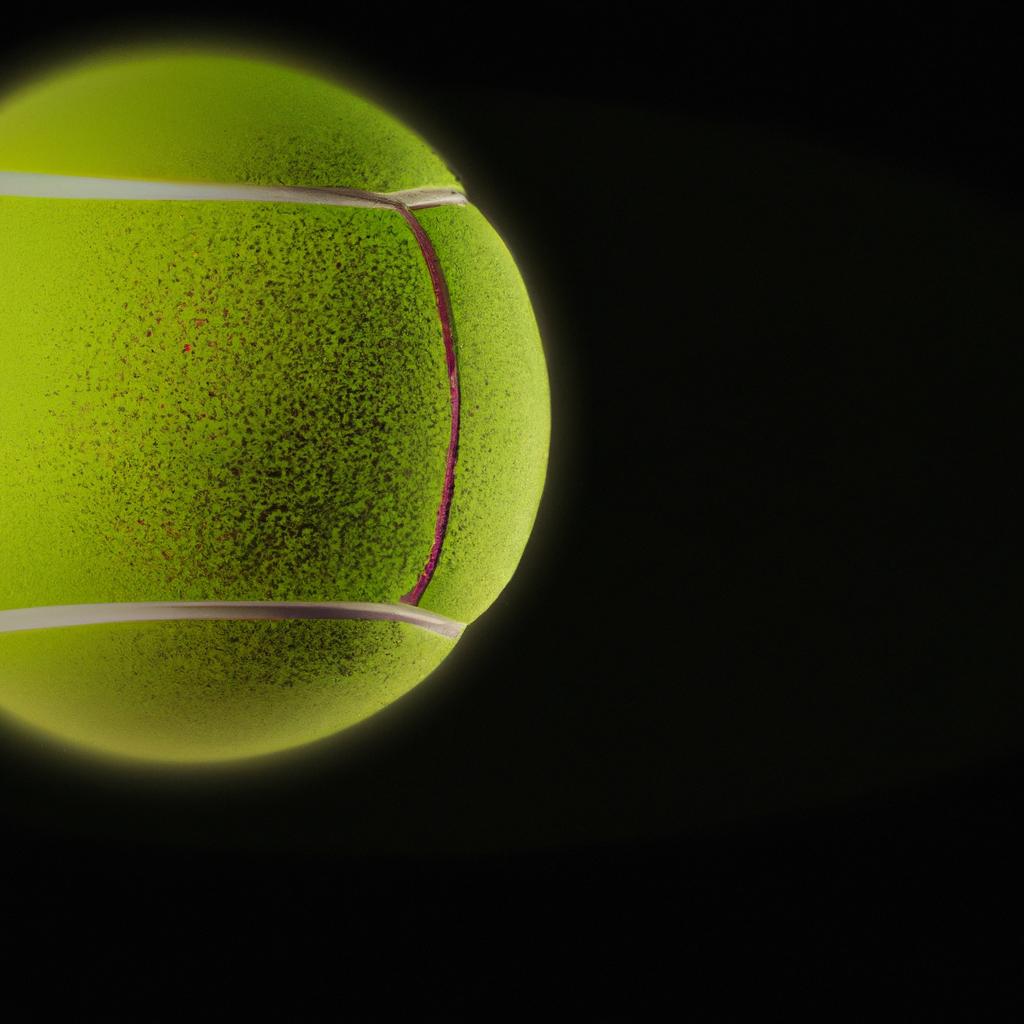

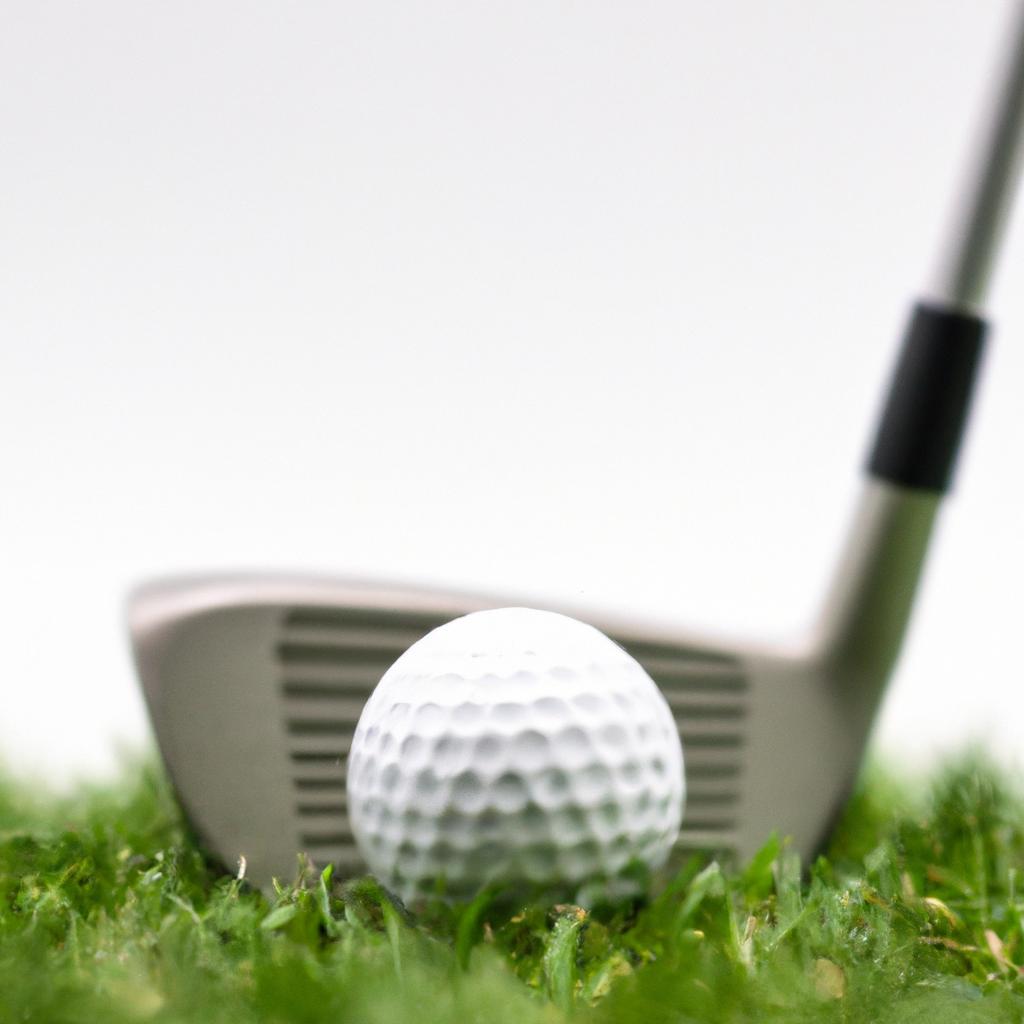


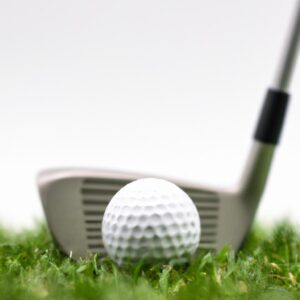





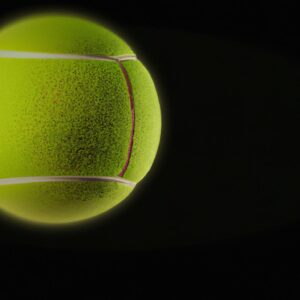

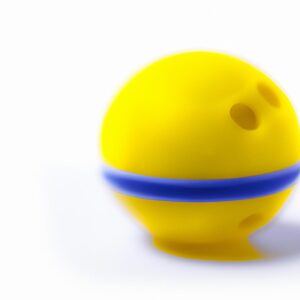

Post Comment